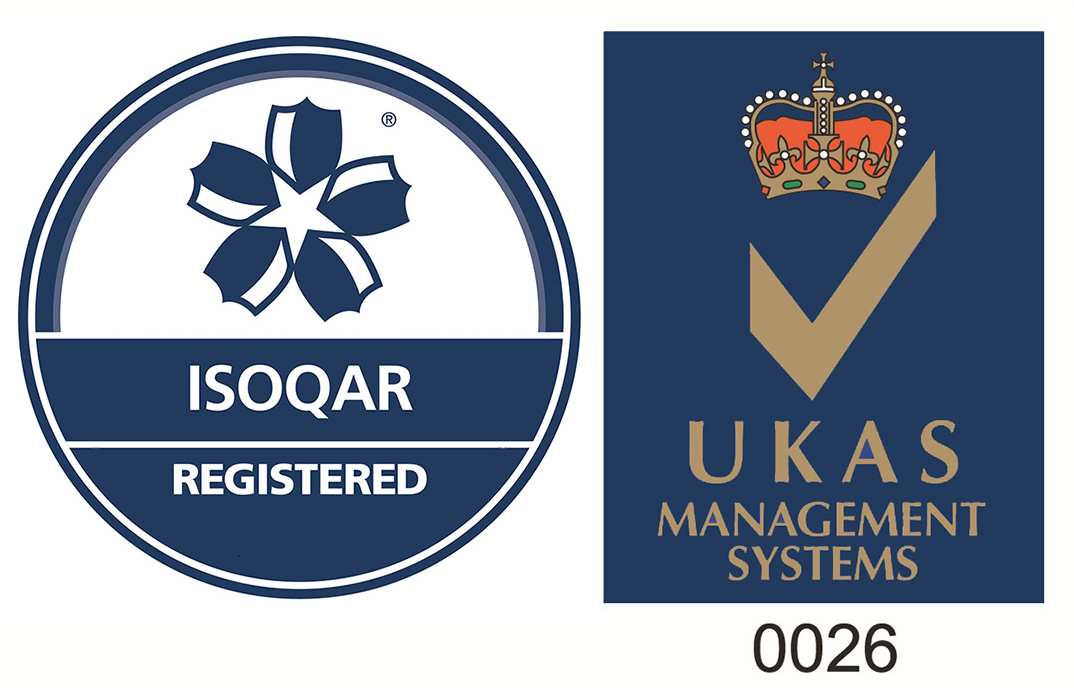If you’re in the business of moving people and equipment around, then you know that it takes a lot more than just a truck and driver. You need to carefully plan for military & government transport & logistics in order to ensure that your mission is successful. In this blog post, we’ll outline some of the key considerations you should make when planning for transport and logistics. We’ll also provide some tips on how to stay safe while handling dangerous materials and equipment. Finally, we’ll provide a few resources so that you can get started planning for transport & logistics today.
Transport and Logistics for Military & Government
Military transportation and logistics is a critical components of any military operation. Proper planning can ensure the smooth execution of the mission, while avoidable disruptions can lead to mission failure.
There are a number of factors to consider when planning for transport and logistics for military or government operations:
-Distance: The distance that the material will be transported must be considered. Will it be transported by ground, air, or water?
-Facilities: Are all the required facilities available? Will they be able to handle the load?
-Logistics Support: Does the destination have the sufficient logistical support to facilitate transit? Can nearby bases provide assistance if needed?
-Tempo: How fast do you need the material moved?
-Security: What precautions will be taken to protect the material during transit?
-Costs: How much will be transporting the material cost? Is it feasible to transport it using available resources?
Types of Transport and Logistics
Military and government transport & logistics are essential for moving troops, supplies, and equipment around the world. The type of transport and logistics used depends on the mission and the location.
There are three types of military transportation: air, sea, and land. Military air transport is used to move troops and cargo short distances across open terrain. Military sea transport moves troops and cargo long distances across navigable waters. Military land transport moves troops and supplies between bases or to destinations beyond reach by water or air.
Military ground transportation can be divided into two categories: tactical ground transportation (TGT) and strategic ground transportation (SGT). SGT transports materiel between staging areas, deployed units, rear areas, headquarters, combat support centres, ammunition points, supply depots, hospitals, and other designated points. TGT transports soldiers from their homes to military installations where they will serve their country.
Conclusion
Military and government transport and logistics can be very demanding tasks. Planning for the inevitable bumps in the road is key to avoiding unnecessary complications and making sure your shipment arrives on time, intact, and at its destination. In this article, we’ll outline some of the most common transport & logistics planning challenges and provide tips on how to overcome them. Armed with this knowledge, you’ll be able to confidently handle any transportation or logistics challenge that comes your way.



